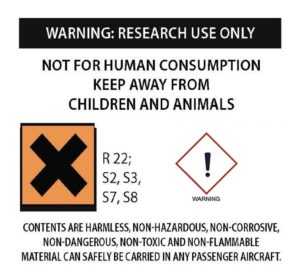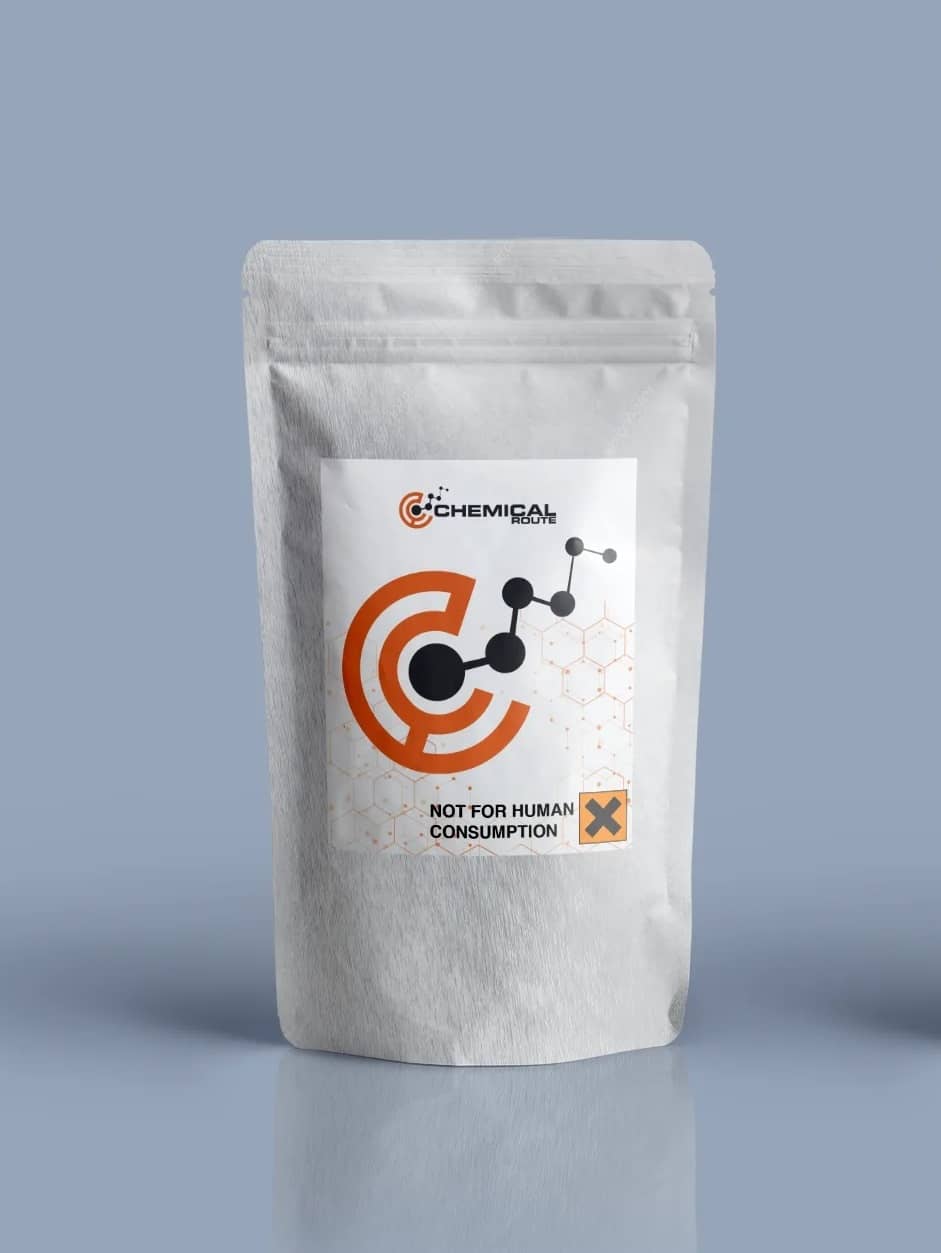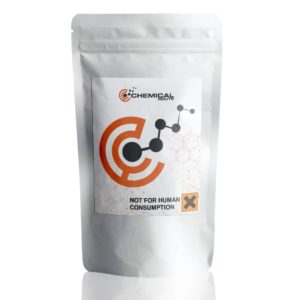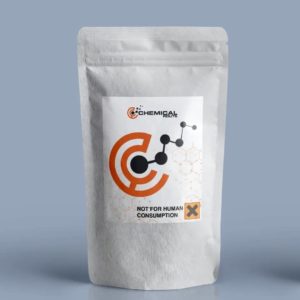Description
4-Fluoroamphetamine
Product information
IUPAC-name (RS)-1-(4-Fluorophenyl)propan-2-amine
Synonyms 4-Fluoroamphetamine, 4-FA, 4-FMP, PAL-303, Flux, para-fluoroamphetamine, PFA
Formal name 4-
Cas number 459-02-9, 64609-06-9
Formula C9H12FN, C9H12FN • HCl
Molar Mass 153.200 g·mol−1
Purity 98.0 % min.
Formulation Powder, Solid, Crystals
Solubility
- DMF: 30 mg/ml
- DMSO: 30 mg/ml
- Ethanol: 20 mg/ml
- PBS (pH 7.2): 10 mg/ml
4-Fluoroamphetamine, 4-FA, 4-FMP, PAL-303, Flux, para-fluoroamphetamine, PFA
The substance commonly referred to as 4-fluoroamphetamine, also known as 4-FA, 4-FMP, and PAL-303, is a novel amphetamine compound that has a unique combination of stimulant and entactogenic effects. It is part of a class of fluorinated amphetamines that were previously known as 2-FA, 3-FA, and 2-FMA.
According to some users, the effects of 4-FA can be similar to that of MDMA. It can also trigger a moderate entactogenic response during the first few hours. However, it gradually transitions into a more traditional amphetamine-type effect over the course of several hours.
Although it is relatively rare for 4-FA to be found on the streets, it was commonly sold by online vendors as a grey area research chemical. Due to its lack of data regarding its pharmacological properties and its toxicity, it is strongly recommended that users use caution when using this substance.
Chemistry
A class of synthetic drugs known as 4-fluoroamphetamine (4-FA) is a phenethylamine with a fluorine atom at R4 that is an analogue of amphetamine. Amphetamines are alpha-methylated compounds. The core of the amphetamine family consists of a phenethylamine with a methyl chain that is bound to an amino group.
Pharmacology
4-Fluoroamphetamine is a substance that can stimulate the release of chemicals from the nervous system, such as serotonin, dopamine, and norepinephrine. It can also produce a variety of effects, including a feeling of euphoria.
The effects of 4-FA are mainly directed toward increasing the levels of these neurotransmitters in the brain. It can also prevent the release of monoamines from a certain region of the brain. This allows the accumulation of these chemicals in the brain, which can cause various effects.
The toxicological and physiological properties of this compound has not been analyzed. Usage of this Chemical should be for research and forensic purposes only.
WARNING This product is not for human or veterinary use.

This product is only available to persons of 21 years old and above.
Hazard statement(s)
| H302 | Harmful if swallowed |
| H315 | Causes skin irritation |
| H319 | Causes serious eye irritation |
| H332 | Harmful if inhaled |
| H335 | cause respiratory irritation |
| H336 | cause drowsiness or dizziness |
| Precautionary statement(s) | |
| P264 | Wash hands thoroughly after handling |
| P280 | protective gloves/protective clothing/eye protection/face protection |
| P305 + P351 + P338 | IF IN EYES: Rinse cautiously with for several minutes. Remove contact lenses, if present and easy to do. Continue rinsing. |
| P337 + P313 | If eye irritation persists: Get medical advice/attention |
| P261 | Avoid breathing dust/ fume/ gas/ mist/ vapors/ spray |
| P271 | Use only outdoors or in a well-ventilated area |
| P304 + P340 | IF INHALED: Remove victim to fresh air and keep at rest in a position comfortable for breathing |
| P312 | Call a POISON CENTER or doctor/physician if you feel unwell |
| P403 + P233 | Store in a well-ventilated place. Keep container tightly closed |
| P405 | Store locked up |
| P501 | Dispose of contents/container to a licensed disposal company |




Reviews
There are no reviews yet.